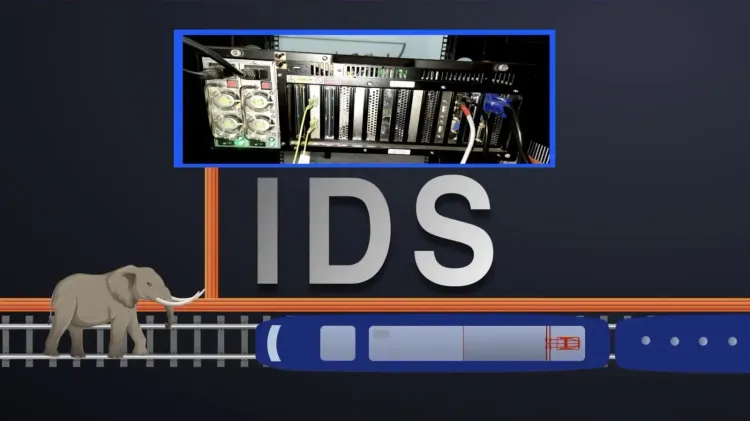How is NFR Enhancing Elephant Protection and Train Safety?

Synopsis
Key Takeaways
- Implementation of the Intrusion Detection System (IDS) enhances train safety.
- Advanced technology allows for real-time alerts on elephant movements.
- Successful trials conducted in key railway sections.
- Future expansion planned across additional elephant corridors.
- Demonstrates commitment to wildlife protection and sustainable development.
Guwahati, Oct 18 (NationPress) The Northeast Frontier Railway (NFR) has initiated a significant project aimed at safeguarding elephants and ensuring seamless train operations by deploying the Intrusion Detection System (IDS) across its network, as confirmed by officials on Saturday.
NFR’s Chief Public Relations Officer (CPRO) Kapinjal Kishore Sharma stated that this groundbreaking system is designed to protect wildlife while ensuring operational effectiveness, particularly in regions where railway tracks traverse forested areas inhabited by elephants.
The IDS employs advanced optical fibre sensing technology to monitor elephant movements near railway lines, providing real-time alerts to train operators and control centers for prompt preventive measures, he explained.
Sharma noted that the trial implementations of the IDS have been successfully executed in four key sections within the NFR jurisdiction. These include the Madarihat–Nagrakata segment in the Alipurduar Division of West Bengal, the Habaipur–Lamsakhang–Patharkhola–Lumding section in the Lumding Division, the Kamakhya–Azara–Mirza segment in the Rangiya Division, and the Titabar–Mariani–Nakachari section in the Tinsukia Division of Assam.
According to him, these pilot projects encompass a total of 64.03 km of elephant corridors and 141 km of block sections, marking a crucial advancement in the railway’s dedication to wildlife conservation and secure train operations.
The successful implementation of these trial sections has laid the groundwork for the subsequent phase of IDS deployment across the remaining 146.4 route kilometres of elephant corridor sections within the Northeast Frontier Railway.
The CPRO indicated that the projected completion date for this expanded initiative is set for April 2026, by which time the system is anticipated to be fully operational across all designated elephant corridors.
This initiative demonstrates the Northeast Frontier Railway's commitment to sustainable development, environmental responsibility, and passenger safety.
By merging technology with conservation efforts, NFR is establishing a national standard for responsible railway practices in biodiversity-rich areas, Sharma emphasized.
The Northeast Frontier Railway (NFR) operates in Northeastern states, including seven districts in West Bengal and five districts in northern Bihar, managing over 7,362 Track Kilometres (TKM) within its jurisdiction.









